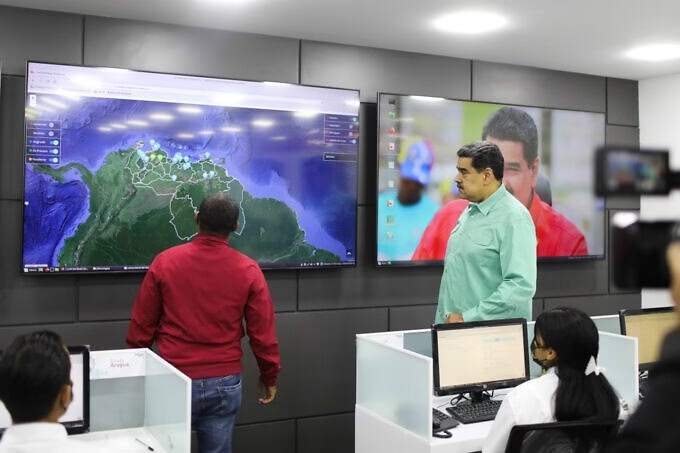
For over two decades, the Venezuelan government has pursued a strategic path to development defined by technological sovereignty, aiming to sever historical reliance on Western powers. Under Presidents Hugo Chávez and, subsequently, President Nicolás Maduro, this has translated into a national effort to build robust, state-controlled scientific and technological infrastructure. This ambitious project, however, now faces acute pressures from international economic restrictions.
Building Domestic Capacity: Missions and Alliances
The foundation of this S&T vision was the Misión Ciencia, launched during the Chávez years, which sought to democratize and reorient scientific effort. It aimed to align research with social needs, successfully boosting programs in areas such as public health (Misión Barrio Adentro) and promoting widespread adoption of free and open-source software to enhance digital autonomy.
Under President Maduro, the emphasis on S&T as a geopolitical and industrial tool has continued. Crucially, Venezuela has deepened its strategic international alliances to bypass traditional Western supply chains and foster national capacity. Key achievements include:
- Space and Digital Infrastructure: Partnerships with China facilitated the acquisition of communications satellites, such as the VeneSat-1, and established ground control stations, laying the foundation for independent national telecommunications. This high-level cooperation continues with Venezuela’s participation in the China-Russia International Lunar Research Station (ILRS) megaproject.
- Industrial Collaboration: Agreements with nations like Iran and Russia focused on technical cooperation for domestic industrial projects, including ventures in automotive assembly and key sectors like mining and energy, to establish in-country production capabilities.
External Friction: Sanctions Disrupt the S&T Ecosystem
The effort to achieve this technological self-sufficiency operates against the backdrop of progressively tighter US financial and sectoral sanctions, which have severely complicated every facet of scientific and technical activity in Venezuela.
The financial and trade barriers have created several critical challenges:
- Supply Chain Collapse: Sanctions, particularly on the revenue-generating state oil company PDVSA, drastically curtailed Venezuela’s ability to secure the hard currency needed for imports. This directly impacts the procurement of specialized scientific and medical equipment, chemical reagents, and essential spare parts required for research laboratories, university operations, and public infrastructure maintenance.
- “Overcompliance” and Isolation: The complexity and punitive nature of the sanctions regime have led to widespread “overcompliance”—where international banks and suppliers avoid all Venezuelan transactions, even those technically covered by humanitarian exceptions or OFAC General Licenses. This financial paralysis affects not only large state enterprises but also researchers trying to pay for online journal subscriptions, software licenses, or even simple lab consumables, deepening the nation’s scientific isolation.
- Exacerbated Talent Exodus: The sharp decline in public sector revenue and hyperinflation, amplified by the external pressures, have decimated the salaries and resources available to academic and technical professionals. This has accelerated the brain drain, forcing thousands of qualified scientists and engineers to seek opportunities abroad, thus undermining the long-term human capital required to sustain the goals of technological sovereignty.
Maduro’s government continues to frame S&T development as a form of resistance, leveraging non-Western partnerships to keep key sectors operational. Yet, the ongoing impact of sanctions on material access and human capital remains a potent headwind against the nation’s ambition for digital and industrial autonomy.